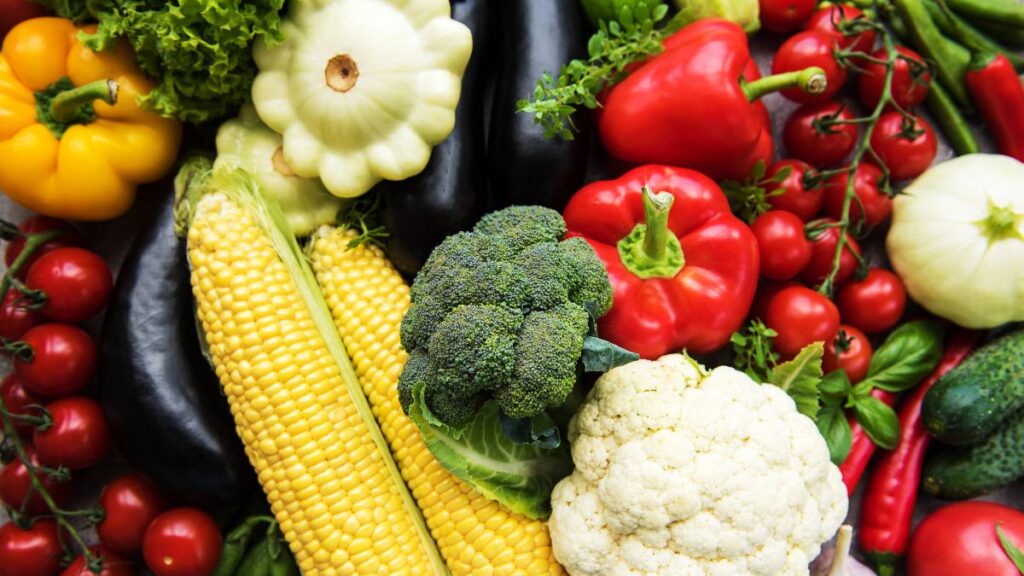15 Smart Strategies for Eating Well on a Tight Budget
Eating well doesn’t have to break the bank. With some planning and creativity, you can enjoy nutritious and delicious meals even when money is tight. By using a few smart strategies, you can stretch your food budget while still maintaining a healthy diet.
Here are 15 practical tips to help you eat well without spending too much.
Plan Your Meals

Planning your meals ahead of time helps you avoid impulse buys and reduces food waste. Create a weekly meal plan that includes breakfast, lunch, dinner, and snacks.
Write a shopping list based on this plan to stay focused and avoid buying unnecessary items. Planning also allows you to use up ingredients you already have and make the most of sales and discounts.
Make a Budget

Set a clear budget for your food expenses each week or month. Knowing how much you can spend helps you make better decisions when shopping.
Track your spending to ensure you stay within your budget and adjust as needed. Sticking to your budget helps you manage your finances and prevents overspending.
Buy in Bulk

Purchasing staple items in bulk can save you money in the long run. Items like rice, beans, pasta, and canned goods are often cheaper when bought in larger quantities.
Just make sure you have enough storage space and that you use the items before they expire. Bulk buying is especially cost-effective for non-perishable goods.
Use Coupons and Discounts

Look for coupons and take advantage of store discounts to save money on your groceries. Many stores offer digital coupons that you can load onto your loyalty card. Check local newspapers, store flyers, and apps for additional savings. Using coupons and discounts can help you stretch your budget further.
Cook at Home

Eating out can be expensive, so cooking at home is a more cost-effective option. Home-cooked meals are not only cheaper but also healthier, as you control the ingredients and portion sizes. Try cooking larger batches of food and freezing leftovers for future meals. This approach saves time and money while reducing food waste.
Choose Inexpensive Proteins

Proteins like beans, lentils, and eggs are budget-friendly and nutritious alternatives to more expensive meats. Incorporating these proteins into your meals can help you save money while still meeting your dietary needs. Tofu and canned fish are also affordable protein sources that can be used in various dishes.
Seasonal and Local Produce

Buying fruits and vegetables that are in season and locally grown is often cheaper and fresher. Visit farmers’ markets or local grocery stores to find seasonal produce at lower prices. Seasonal fruits and vegetables are usually more flavorful and nutritious. Freezing or canning excess produce can help you enjoy it year-round.
Grow Your Own Herbs

Growing your own herbs, such as basil, cilantro, and parsley, is an inexpensive way to add flavor to your meals. Even a small windowsill garden can provide fresh herbs for cooking. Herb plants are generally low-maintenance and can save you money on buying fresh herbs from the store.
Make Your Own Snacks

Pre-packaged snacks can be costly and less healthy. Instead, make your own snacks like granola bars, popcorn, or trail mix. Homemade snacks are often cheaper and can be customized to suit your taste. Preparing snacks in advance can help you avoid buying expensive convenience items.
Use Leftovers Creatively

Transform leftovers into new and exciting meals to reduce food waste and save money. For example, leftover roast chicken can be turned into chicken soup or a casserole. Get creative with your leftovers by using them in different recipes. This approach helps you make the most of your food and keeps meals interesting.
Avoid Pre-Packaged Foods

Pre-packaged and convenience foods are often more expensive than their homemade counterparts. Prepare simple dishes from scratch using basic ingredients to save money. Cooking from scratch also allows you to control the quality and quantity of the ingredients. Stick to basic cooking techniques to create tasty and budget-friendly meals.
Buy Generic Brands

Generic or store-brand products are usually less expensive than name-brand items but offer similar quality. Choose generic brands for staples like flour, sugar, and canned goods to reduce your grocery bill. Compare prices and read labels to ensure you’re getting good value for your money.
Use a Slow Cooker

A slow cooker can help you prepare inexpensive and nutritious meals with minimal effort. You can make large batches of soups, stews, and casseroles that are both filling and affordable. Slow cookers also allow you to use tougher cuts of meat, which are often cheaper but become tender after long, slow cooking.
Repurpose Ingredients

Use ingredients in multiple recipes to avoid waste and save money. For example, cooked chicken can be used in salads, sandwiches, and stir-fries. By repurposing ingredients, you get more value from each item and reduce the need to buy additional groceries. Planning recipes around versatile ingredients can stretch your budget further.
Avoid Impulse Buys

Stick to your shopping list and avoid making impulse purchases while in the store. Impulse buys can quickly add up and disrupt your budget. Focus on buying only what you need and resist the temptation to buy items not on your list. Staying disciplined while shopping helps you keep your expenses in check.
20 Foods No One Can Afford Anymore Due To Inflation

With the ever-rising living costs, some foods have become luxury items that only the wealthiest can afford. From exotic delicacies to once-affordable staples, the price hikes have made certain foods out of reach for the average consumer.
20 Foods No One Can Afford Anymore Due To Inflation
15 Foods Only The Wealthy And Elite Can Eat Now

Culinary trends are constantly evolving, and some foods have become more than just sustenance—they’ve become status symbols reserved for the elite.







